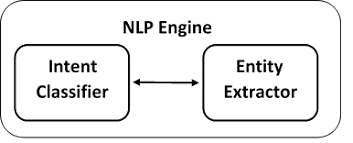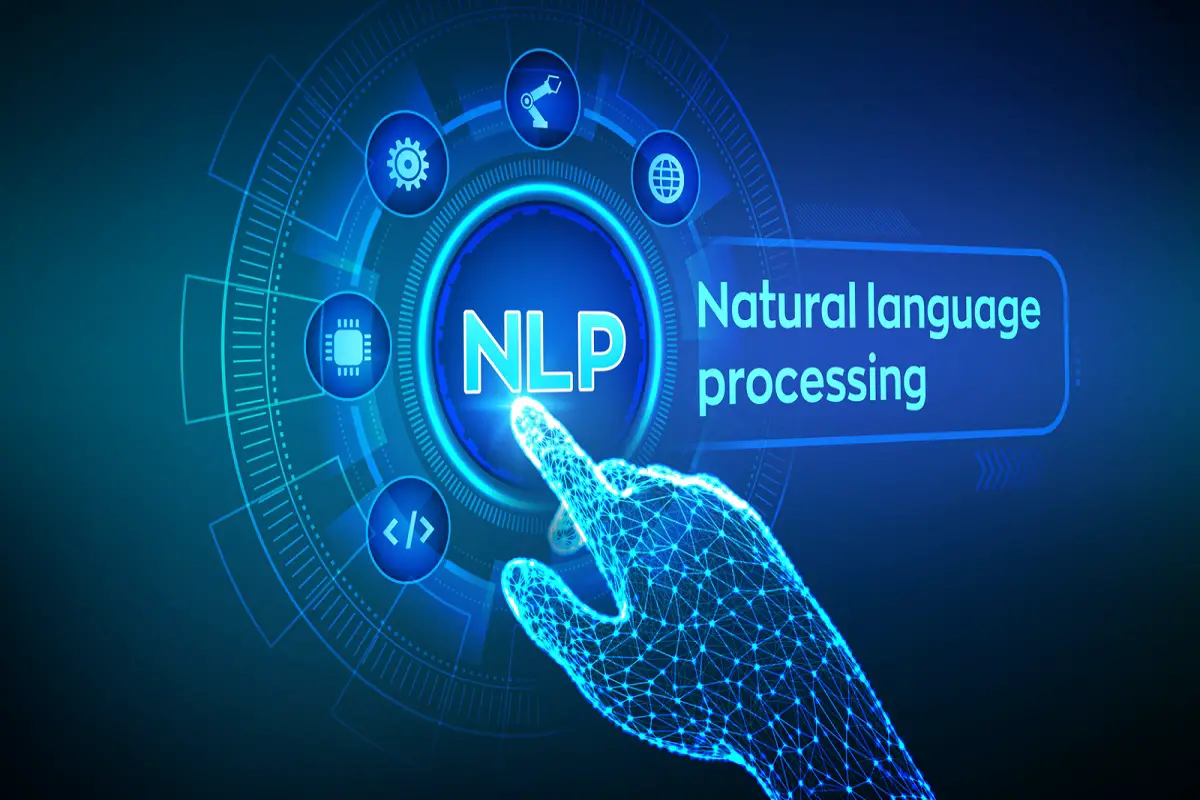The ability infused into machines, making them able to interact in as humane a way as possible, has a different kind of high. However, the question remains how conversational AI works in real time and what kind of technology is powering its very existence.
Let’s find out:
Simply put, conversational AI is a segment or sub-domain of artificial intelligence, the goal of which is to enable humans to interact more seamlessly with computing entities.
Remember those fancy website chat boxes that return specific answers to even some of the toughest questions! Well, those are exactly the conversational AI products we’re talking about. However, the question remains: how do these chatbots become so perceptive? Surely, it’s not just about feeding raw training data, like human speech and text, into the relevant models. There has to be more.
The answer is NLP or Natural Language Processing.
Understanding NLP
Often touted as a computer science vertical, NLP, or Natural Language Processing, focuses on helping computers better understand speech and text, allowing them to better interact with the world, or rather with us humans. .
The power of NLP allows humans to communicate with intelligent systems using specific languages, such as English. Additionally, NLP helps a computer to become better at machine learning, which is a way for computing entities to develop ‘artificial’ intelligence.
NLP-based intelligence is fed using NLP engines, which is the core training component, responsible for interpreting speech and text, and ultimately feeds structured inputs directly into the system. But there is much more to an NLP engine.
What can natural language engines do?
As mentioned, NLP engines are important. Why do you ask? Keep reading at:
- Vocabulary improvement: Each conversational approach should keep the training stream open for new words. NLP engines can help with that by helping with the addition of words, phrases, synonyms, and descriptors.
- Determination of the context: Each conversation is made up of multiple stages. At one stage, the customer may simply throw out a random question, while at any other stage, it may be a specific query to close the deal. A natural language processing engine helps the computer determine the context associated with each stage.
- Entity ID: Imagine a customer typing the following command: ‘How can I get the mentioned offer that will start on July 25, 2022’? As you can see, the statement comprises a date, numbers, and even a description. Powerful NLP engines help machines identify these disparate entities seamlessly.
- Expression detection: A question like ‘When can I expect the email?’ can be asked like ‘Where is my email?’ NLP engines help intelligent machines to get used to each variation of specific questions for more relevance by taking into account the nature of the expression, both verbal and textual.
- Intention: ‘I want my coupon code now’ looks a little different than ‘Where the hell is my coupon code?’ While the first is a standard statement showing desire, the next could arise out of frustration. Frontline machines are excellent at differentiating based on intent, thanks to efficient natural language processing engines.
However, analyzing intent requires us to dig deeper.
How does NLP help to parse the Intent?
Before we dig any deeper, it’s important to understand that the intent of the conversation can be casual (including all emotions) or business. And that’s exactly when ‘NLP-powered’ intent analysis is considered an important tool used by NLP engines.

In simple words, intent analysis helps machines assess the exact or near-exact intent of any user input, often extracting the relevant entities. And this is how a chatbot really learns to pick up a suggestion, a piece of news, or even a complaint.
When it comes to approach, NLP tools (precisely the engines) help to analyze multiple attempts, feeding them into the machine as high-quality training data. Therefore, a structured dataset helps with intent analysis. On top of that, the structured data set is further fragmented to include some trick words.
As for the output, the NLP engine parses the sentence and tries to analyze the intent based on the data fed, plurality, positioning (position of words in a sentence), and conjugation. For speech, other factors are also taken into account. And that’s more or less how intent analysis takes place behind the scenes.
Conclusion
According to detailed research by Market & Markets, the NLP market is expected to be valued at $26.4 by the year 2024. That’s a CAGR of 21%.
And its role in improving the quality of conversational AI is not limited to analyzing emotions, expressions, entities, or even intent. NLP is also relevant for aspect mining, theme modeling, text summarization, and more, helping chatbot software, self-driving cars, home automation setups, and digital assistants get smarter. over time. With NLP, the possibilities are practically endless.
Author Biography

Vatsal Ghiya is a serial entrepreneur with over 20 years of experience in healthcare AI software and services. He is the CEO and co-founder of shaipthat enables on-demand scaling of our platform, processes, and people for companies with the most demanding machine learning and artificial intelligence initiatives.

Subscribe to our latest newsletter
To read our exclusive content, sign up now. $5/month, $50/year
Categories: Technology
Source: vtt.edu.vn
